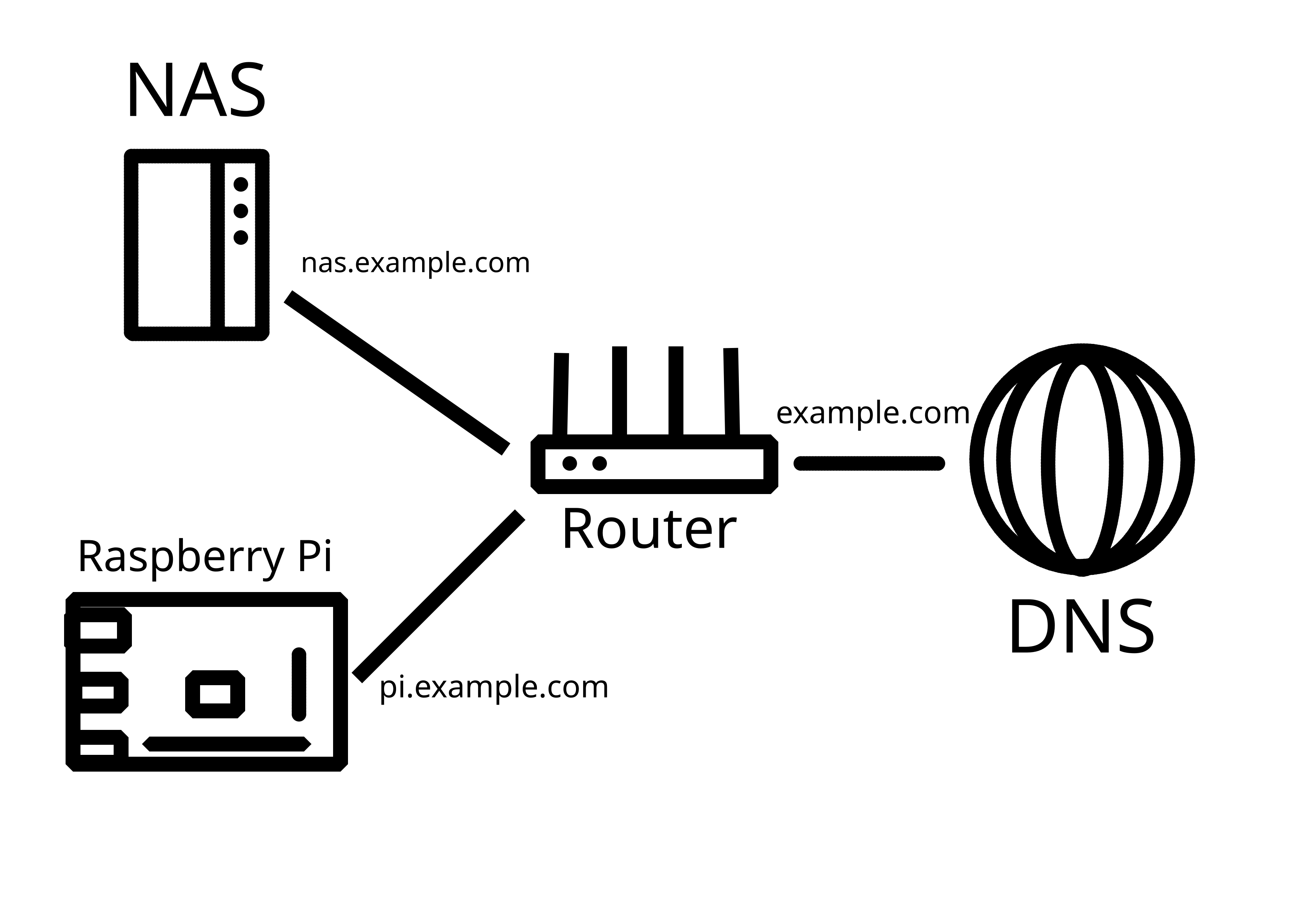Honestly Cloudflare Tunnels could be a very simple way to do it. I've always had tremendous luck with it. By using CF you can let them do all the heavy lifting instead of hosting your own... as long as you trust them.
Selfhosted
A place to share alternatives to popular online services that can be self-hosted without giving up privacy or locking you into a service you don't control.
Rules:
-
Be civil: we're here to support and learn from one another. Insults won't be tolerated. Flame wars are frowned upon.
-
No spam posting.
-
Posts have to be centered around self-hosting. There are other communities for discussing hardware or home computing. If it's not obvious why your post topic revolves around selfhosting, please include details to make it clear.
-
Don't duplicate the full text of your blog or github here. Just post the link for folks to click.
-
Submission headline should match the article title (don’t cherry-pick information from the title to fit your agenda).
-
No trolling.
Resources:
- selfh.st Newsletter and index of selfhosted software and apps
- awesome-selfhosted software
- awesome-sysadmin resources
- Self-Hosted Podcast from Jupiter Broadcasting
Any issues on the community? Report it using the report flag.
Questions? DM the mods!
You can use frp to do the same thing a CloudFlare tunnel does without giving them your unencrypted data.
It's definitely not the same thing. I do understand reservations behind usage free-tier services from Big Bad Corp., but I don't understand malicious reduction of valid arguments for usage of those services.
While not supportive of Big Tech, I do appreciate your piece of advice, and understand self-hosting needs differ!
P.S. Also beware, seems like there's a new attack through Tunnels:
Again, attack targets end users, not Cloudflare tunnel operators: It abuses Cloudflare Tunnels as a delivery mechanism for malware payloads, not as a method to compromise or attack people who are self-hosting their own services through Cloudflare Tunnels.
If you have a prosumer router I suggest you to use the ddns in the router plus a reverse proxy. This would be the cleanest solution.
If you can not, once everything is working with your external access to the synology, the dsm has a built-in reverse proxy so it can redirect http requests to another server. Although this proxy is really simple and limited it can get the work done if you setup is simple enough.
NAT translation, i use my openwrt router for that
OpenWRT also has great IPv6 support
